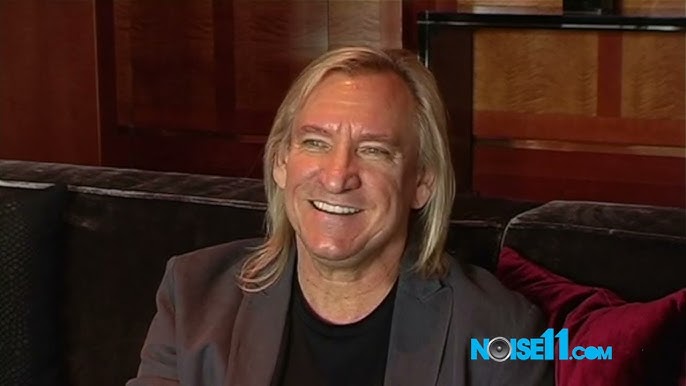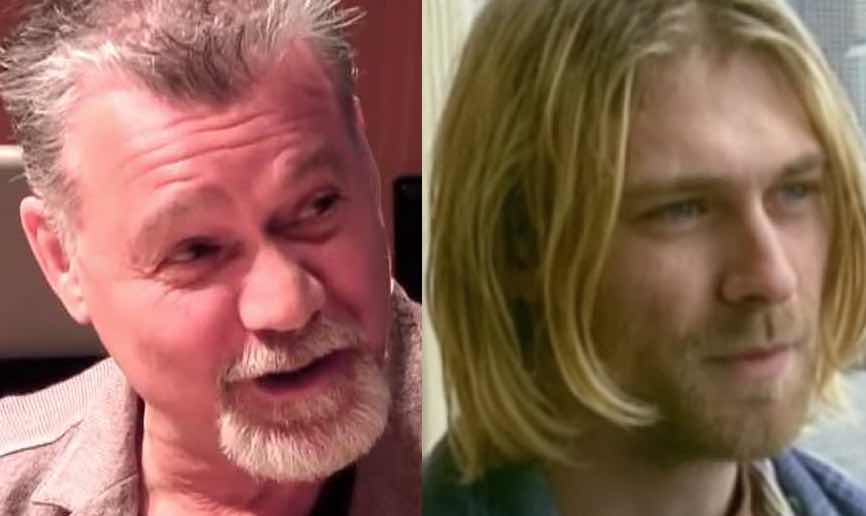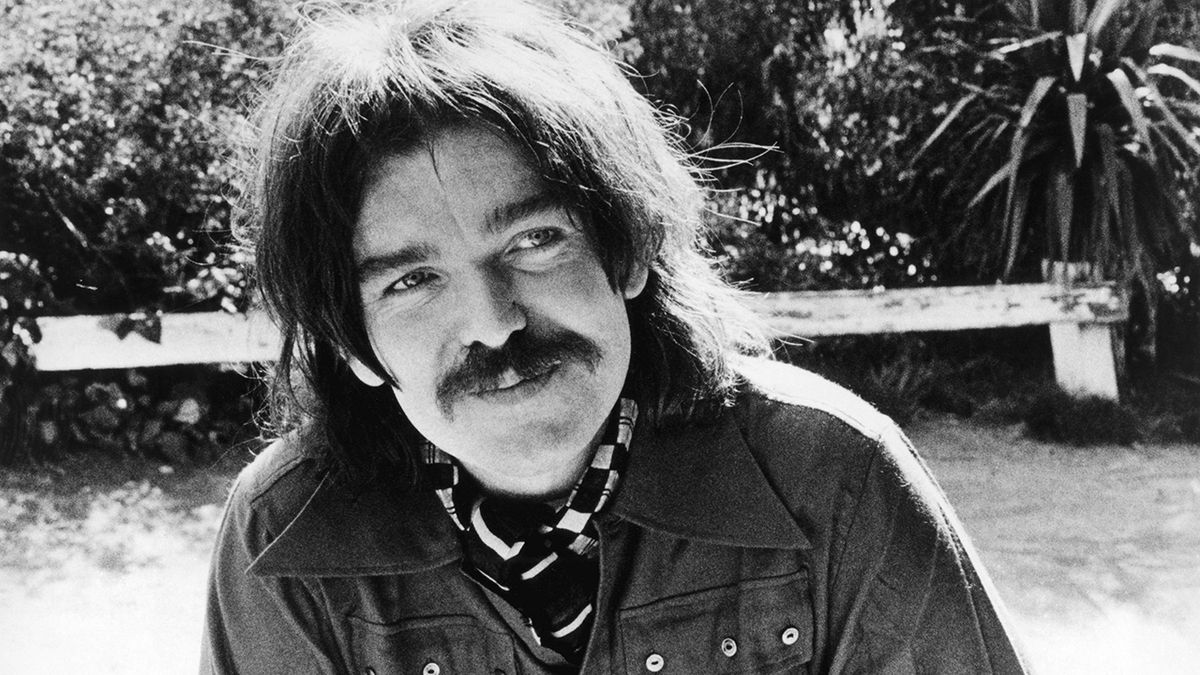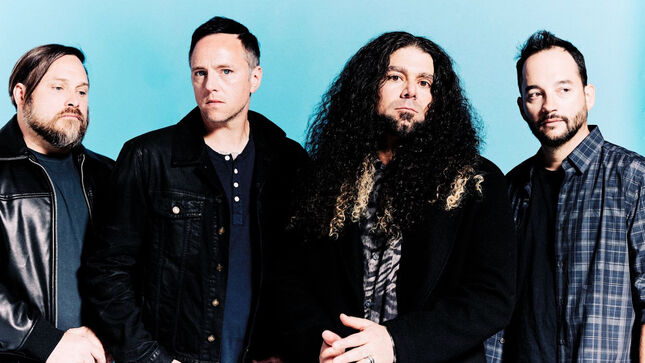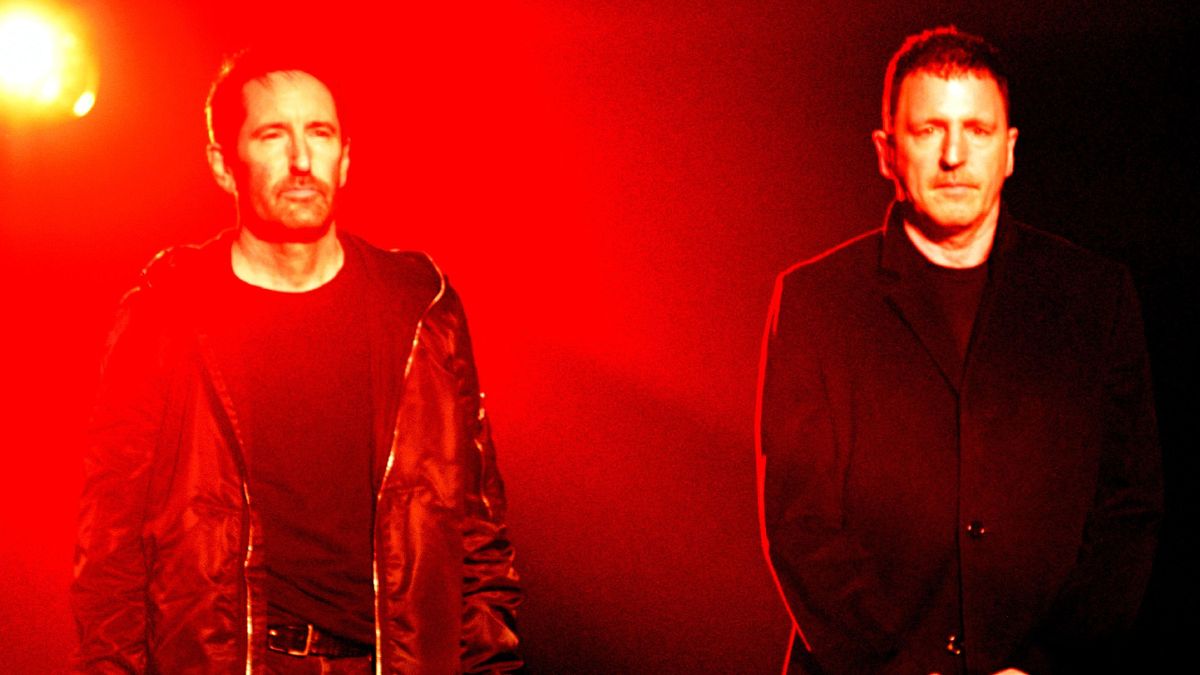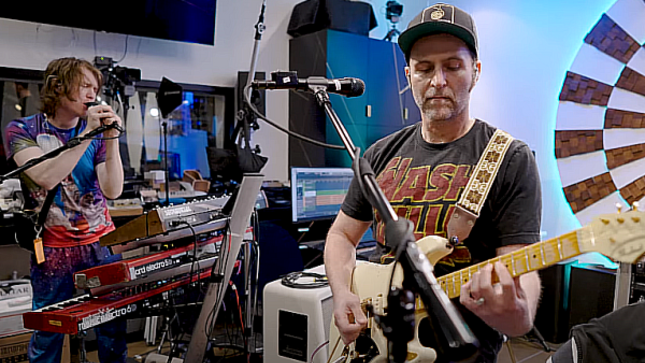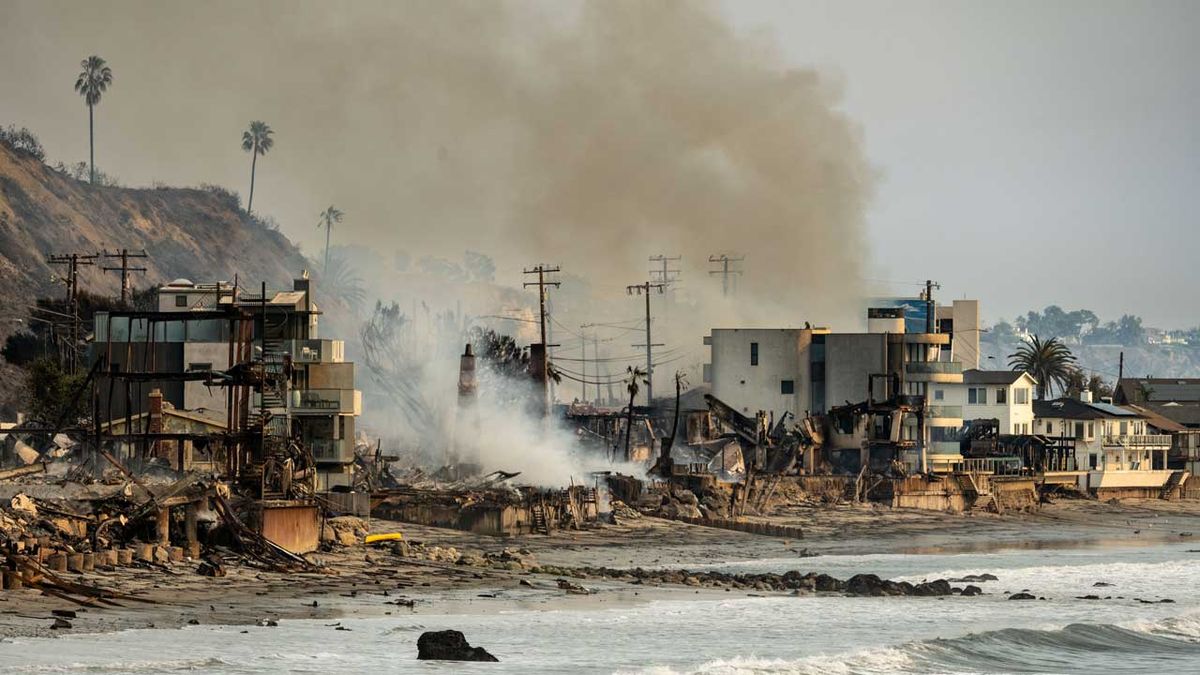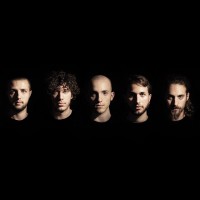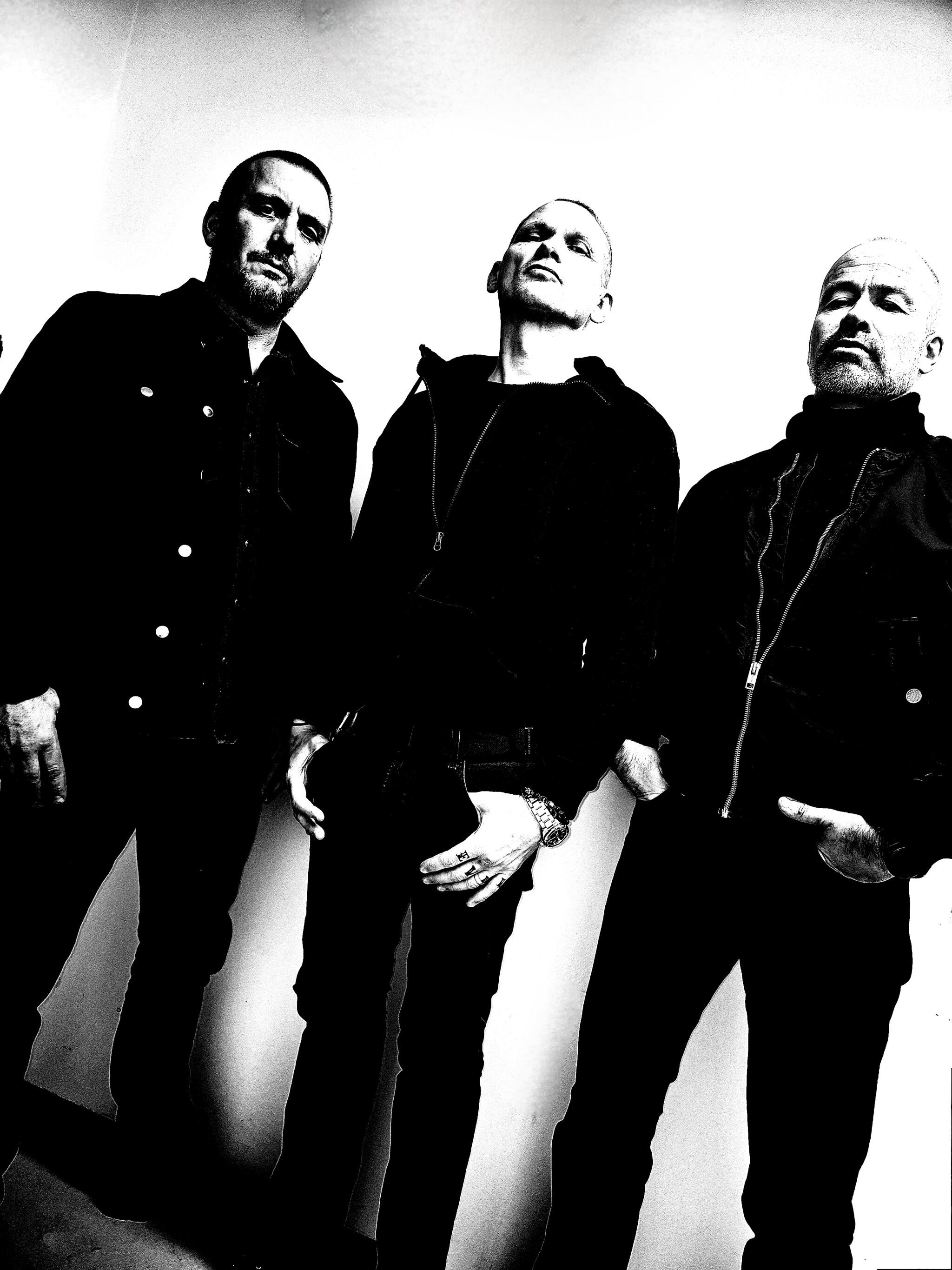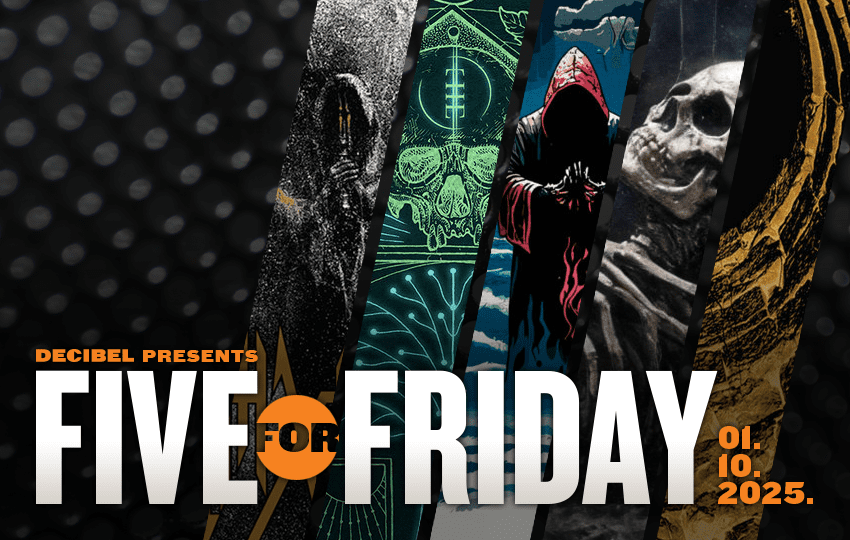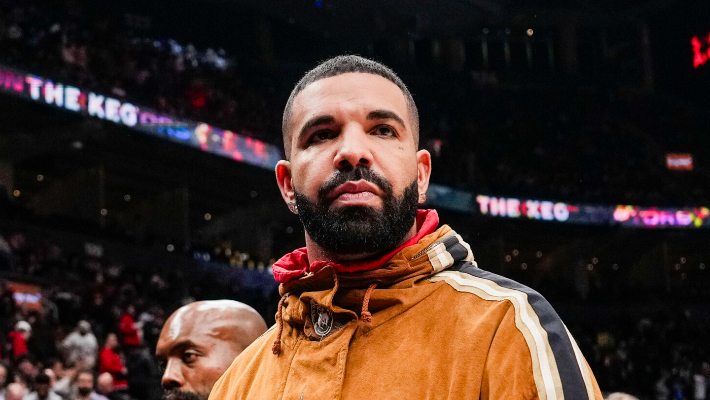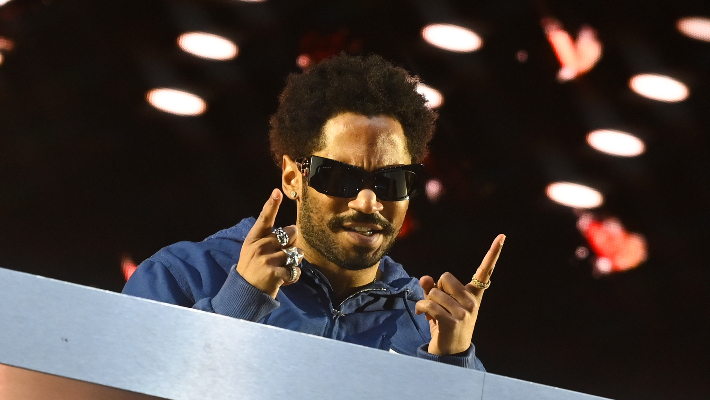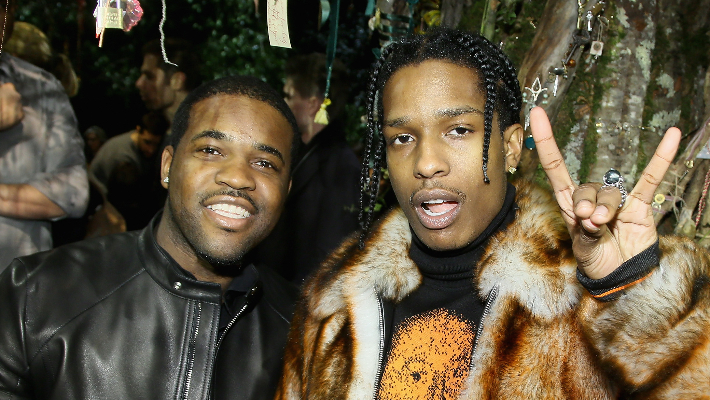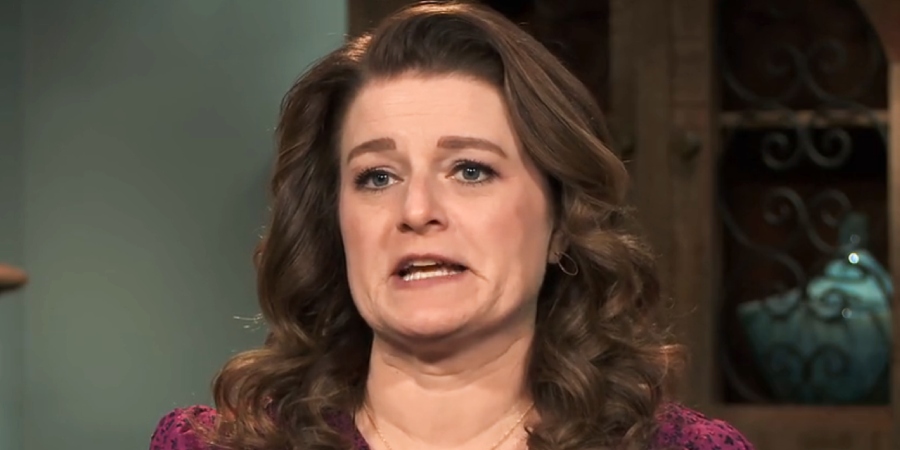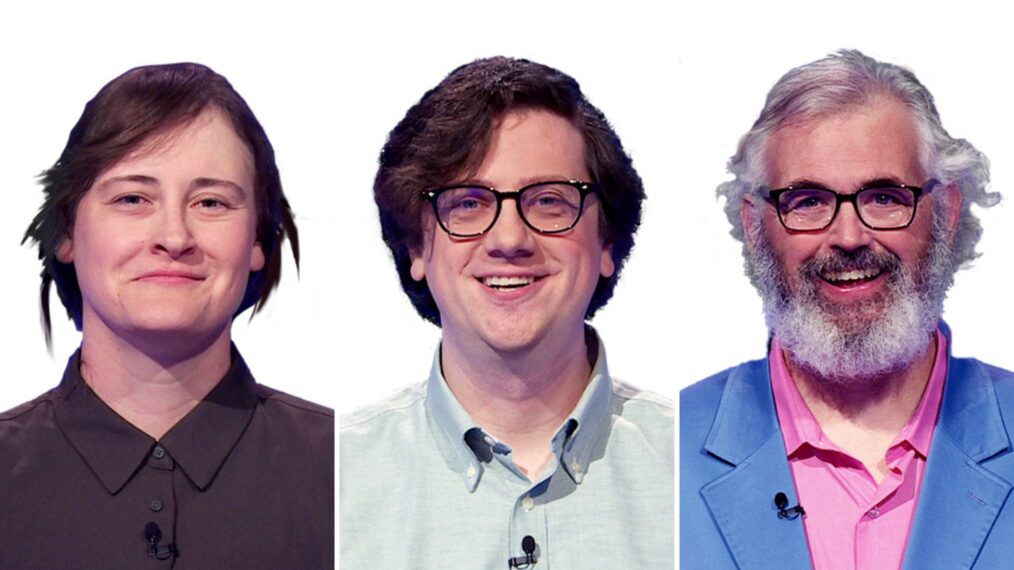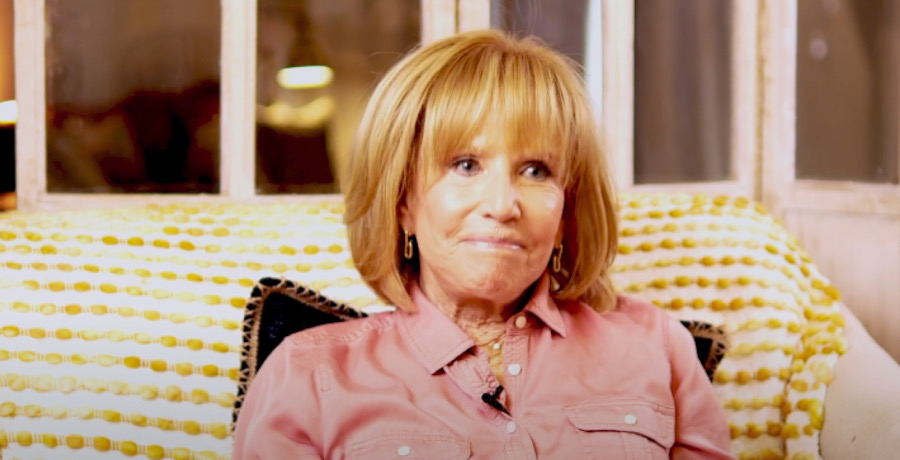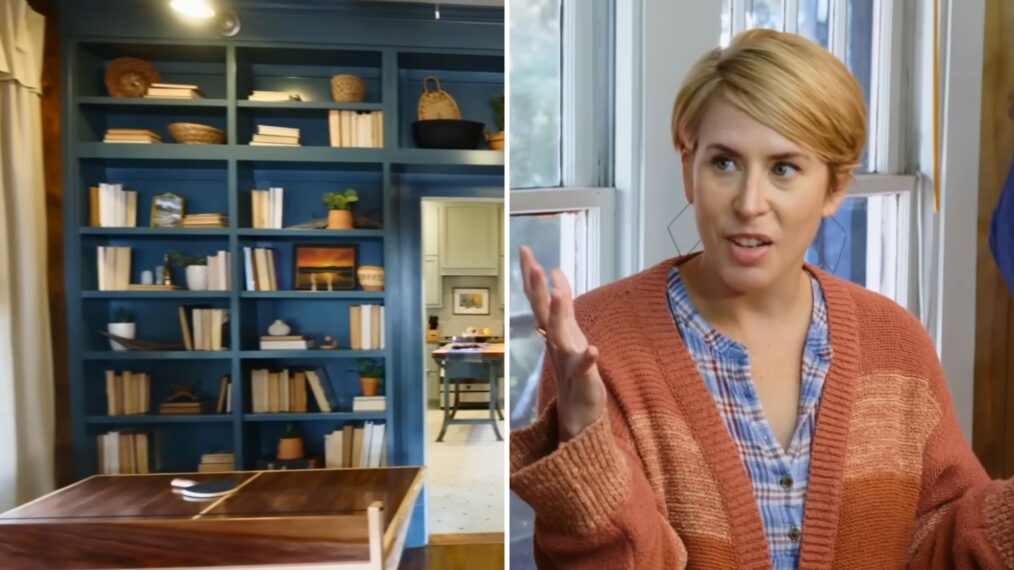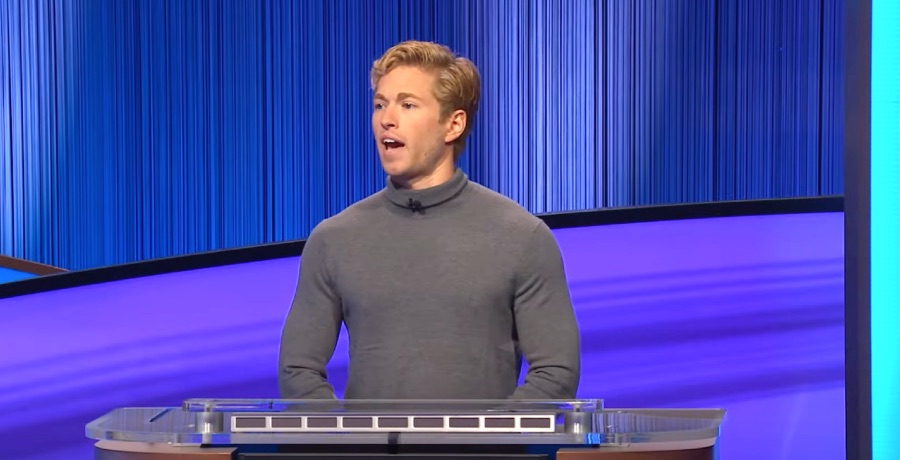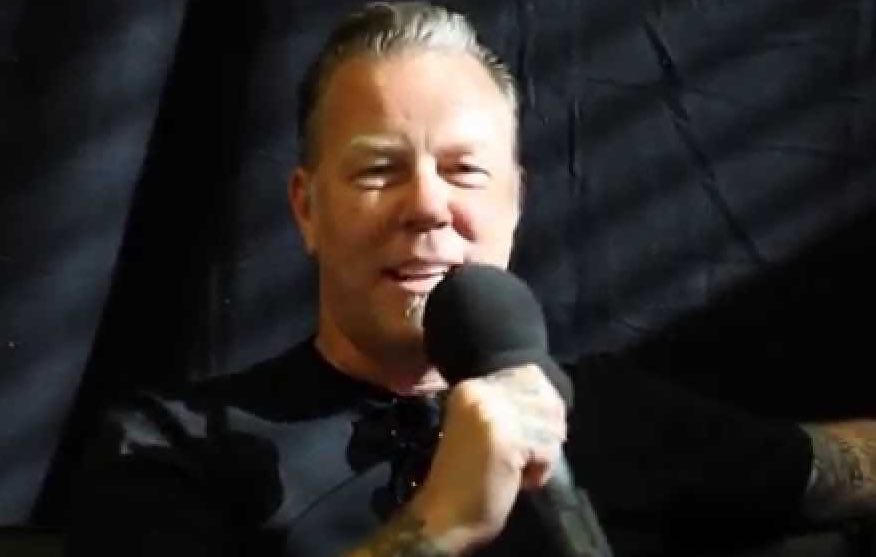Los Angeles’ Fairfax, a time-honored destination for streetwear and youth culture, is a fitting neighborhood to hear So-Hee Woo talk about her AR set design for alternative-rock singer KILLBOY. She arrives in custom-made jeans, which she repurposed with giant vinyl stickers of hand-designed Doberman Pinschers, then painted in head-turning pink and red. Not even five minutes into the interview, Woo gasps over a ping from her phone; her friend has sent her a link to test Pinterest’s new invite-only collage-making app. Woo excitedly unlocks Shuffles’ features, quickly pulling objects from her photo library to create a collage that frankly looks artful for something done in 30 seconds.
Nimbleness and curiosity are pivotal to all of Woo’s creative endeavors.
Read more: How Blazzy brought more awareness to the dangers of fentanyl with a T-shirt
“It can be horrible,” she says. “It can be the worst thing you’ve ever made. But just try. It expands your mind on how to do things.”
As the current Head of XR Design at Encore, Woo makes “live music videos,” a hotly debated term that she personally loves to use to describe her mixed reality sets for artists’ virtual concerts. As the music industry inches toward acceptance of the metaverse as an extension of an artist’s identity, Woo likes to teach new converts and curious storytellers how to embrace the term.
“Some people hate [the term] ‘live music videos’ because then it feels less live and more manufactured,” Woo explains. “I like it because how you imagine the medium feels more similar [to a music video]. It doesn’t have to be constrained to the physical world.”
[Photo via So-Hee Woo]
For Encore, an interactive live music streaming app co-founded by Kid Cudi, Woo has built mixed reality sets with artists such as the Kid LAROI, Trippie Redd, $NOT, KYLE and Oliver Tree for their virtual shows. Some of her most vibrant collaborative work to date required modeling 3D heads to float in outer space, designing a cartoonish hellscape that abruptly cuts to raining dollar bills and dressing an electroluminescent stage against an ‘80s “retro sunset”-inspired backdrop. The visuals evoke the energy of a Hype Williams house party set while still presenting a new way for artists to reinforce their taste and style. The best part of it all: Any artist can make one on their own in-app.
Though the experience is an exciting piece of the pie, it’s still many artists’ first time interacting with the metaverse when they step into Encore’s tiny green space to perform. As a result, what often happens is an “AR yard sale,” a term that Woo coined to describe all the littered design objects slapped onto an AR space when artists run amok with their new canvases. Yet augmented reality still abides by familiar visual principles: creating a background versus foreground, centering subjects for focus and having a purpose. Woo reminds artists of this as they start to build their sets.
“[Artists] have been creating digital stuff for a really long time with music and album covers and music videos,” Woo says. “In AR, the principles are still similar. It’s just expanding that a lot more.”
[Photo via So-Hee Woo]
Self-proclaimed to have been “super addicted” to the concept of physical goods, Woo thought she was going to make tangible products after she graduated with a major in industrial design. After a brief stint creating instruments for the medical industry, Woo attended graduate school to further study industrial design with a focus on speculative design, which taught her how to cast what she thinks the future might look like, then take steps to address the problems set in the future. Still, Woo was craving some utility in her work.
“I needed a balance,” Woo says. “My grad program used to be problem-setting, but the industrial design mind in me focused on problem-solving. To me, just problem-setting was almost too emotional. Everything always feels broken.”
During her thesis, Woo met with early innovators behind Encore and worked as a contractor to help them define their lane in extended realities. Inspired by the opportunity to expand on its use for the future, she took a position as the team’s first Head of XR Design to lead one-off video productions, tech research and development, and now the democratization of the digital tool in the music and creator industry.
[Photo via So-Hee Woo]
For as long as the metaverse needs an articulate definition, the job offers the balance that Woo was seeking through her academic pursuits.
“A lot of people think the metaverse is undefined because it’s not fully immersive yet,” Woo explains. “This is the problem-setting part. [The metaverse] is a concept we are trying to shape: What are we going to do between now and what it actually is? When we have defined that, we better have made some good decisions along the way.”
In hopes of defining the future of the metaverse through a healthy and humane framework, Woo believes it is important to bring more laypeople, from musicians to other creators, into AR through accessible language — ultimately to teach them that anyone can do what she does. In her downtime, she enjoys creating “how-to” TikToks to give sneak peeks into the manageable, no-cost (outside of a smartphone) work that goes into building sets. She also makes videos to unpack the emotional and psychological facets of the metaverse.
“I offer a unique perspective because I am not that technical,” she says. “I am still a designer and artist. I still have my core beliefs and values of what I want to say, and AR just helps me show it.”
Woo’s core piece of advice for anyone who wants to start? Ask yourself what is the easiest way to get motivated.
“That’s more important than what type of software to use,” she says. “If you think it would be really funny to make an AR snail climb along your forehead and have him high-five you on the way down, you learn the technology that way, and that is so much more useful. That’s your first step to the next thing.”



